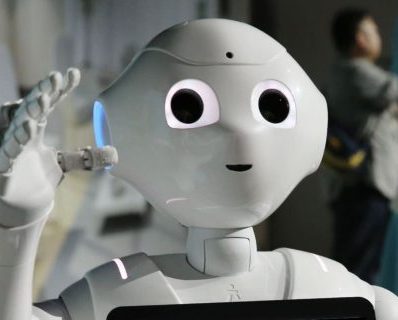
Recently, the National Ignition Facility (NIF) at Lawrence Livermore Labs announced that it had accomplished a fusion reaction and got a “net energy gain.” NIF is a $3.5 billion laser complex, which is equipped to experiment on “thermonuclear inertial fusion”. They announced that the output energy achieved is 3.15 MJ compared to the input energy of 2.05 MJ. This is extremely exciting news because fusion promises to be a source of clean energy.
NIF initiated this experiment by putting two isotopes of Hydrogen, Deuterium (D) and Tritium (T), in a tiny capsule at a scaled wheat grain size. Then, they projected a high-intensity light beam from 192 lasers. The electrons come out from their parent atom of the two isotopes, and along with their nuclei, they floated in another state of matter called plasma, which is the fourth state of matter like solid, liquid, and gas. While they are in the plasma state, a mix of positive (ions) and negatively charged particles (electrons), and light bombardment continued, resulting in the combination of nuclei. When two nuclei combine or fuse, they release tremendous energy, which is the basis of nuclear fusion.
However, to fuse two nuclei, we must overcome one obstacle – the Coloumb Barrier, which requires a tremendous amount of energy. Some researchers say we require a temperature of 100 million Kelvin, six times the Sun’s core temperature.
This year’s breakthrough shows that we can harness clean energy in the future, but it requires much more innovation and exploration to utilise this technology commercially.
At Insted, we plan to offer a special remote, custom course on fusion energy, in 2023.
